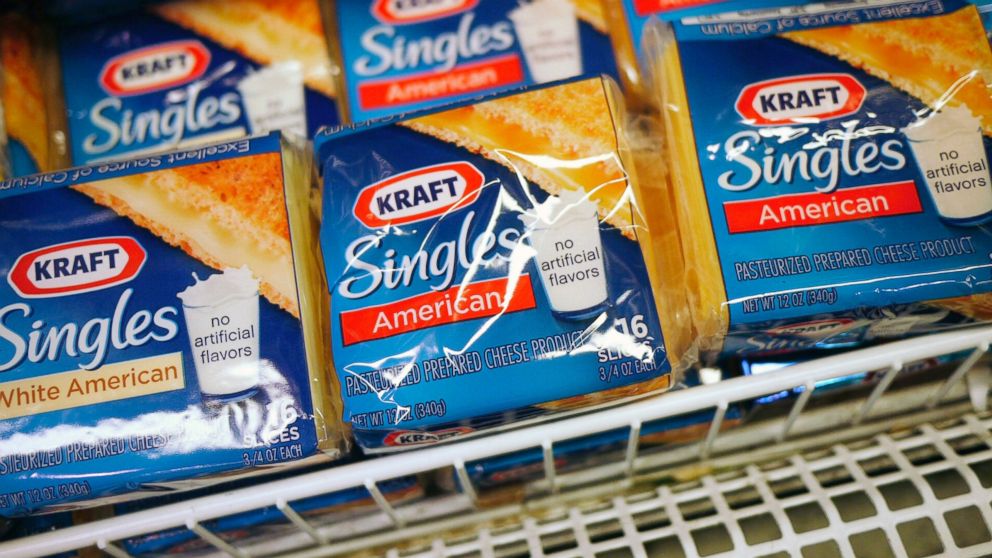5 Additives in Your Cheese
Kraft is pulling sorbic acid, but beware these other additives.

Feb. 11, 2014— -- intro: Big news for natural food fans: Kraft Foods announced Monday that it's removing the artificial preservative sorbic acid from American and White American Cheese slices.
Sorbic acid is a natural compound found in fruit that's often synthetically manufactured from ketene gas for commercial use. It's used as a preservative in things like cheese and wine, due to its ability to effectively inhibit the growth of yeast and mold while still allowing "good" bacterial activity.
It's being replaced with natamycin, a naturally occurring antifungal agent produced during the fermentation of a bacterium found in soil.
Kraft's decision to ditch sorbic acid is a step in the right direction. But there are other, more controversial additives in supermarket cheese that warrant the industry's attention (Sorbic acid has only proven to be a skin irritant in small populations, such as those with eczema, when used topically as a cream, according to peer reviewed studies in the journal Patty's Industrial Hygiene and Toxicology).
Here's a look at four more additives lurking in the dairy section.
quicklist: 1 category: Additives in Your Cheesetitle: Cellulose url:text: Cellulose is a naturally-occurring substance in plants and is sometimes derived from wood pulp. It's added to some grated cheese to stop the strands from sticking together. Manufacturing powdered cellulose sometimes involves chlorine bleach and an acid bath. The FDA allows unbleached cellulose to be included in foods labeled "natural" and "organic."
quicklist: 2category: Additives in Your Cheesetitle: Yellow 5 & 6 url:text: You'll find Yellow 5 and Yellow 6 in some cheese flavored snacks and boxed macaroni and cheese products (Kraft announced the removal of these dyes from some of their mac and cheese products last October). In 2007, results from the University of Southampton suggested a link between Yellow 5 and 6 and increased activity in children. The FDA has found the studies on these dyes to be inconclusive.
quicklist: 3category: Additives in Your Cheesetitle: Carrageenan url:text: Derived from red seaweed, Carrageenan is used as a thickening agent in some cheese spreads. It has no nutritional value and some animal studies, including a report published in the journal Pharmacy and Pharmacology, have linked the additive to ulcers, inflammation, and other gastrointestinal problems.
quicklist: 4category: Additives in Your Cheesetitle: Inulin url:text: Inulin shows up in a number of products including cottage cheese. It's a fiber extracted from chicory root (more wood!) that essentially allows food manufacturers to add fiber to products that typically don't have much. It's known to cause gas, bloating, flatulence, and diarrhea in high doses. You'll find the prebiotic — non-digestible carbohydrates that act as food for probiotics—in some cottage cheese brands.
Dave Zinczenko, ABC News Nutrition & Wellness Editor, is a #1 New York Times bestselling author. His latest book, "Eat It to Beat It!" Is full of food swaps, meal plans and the latest food controversies -- sign up for his free newsletter.




